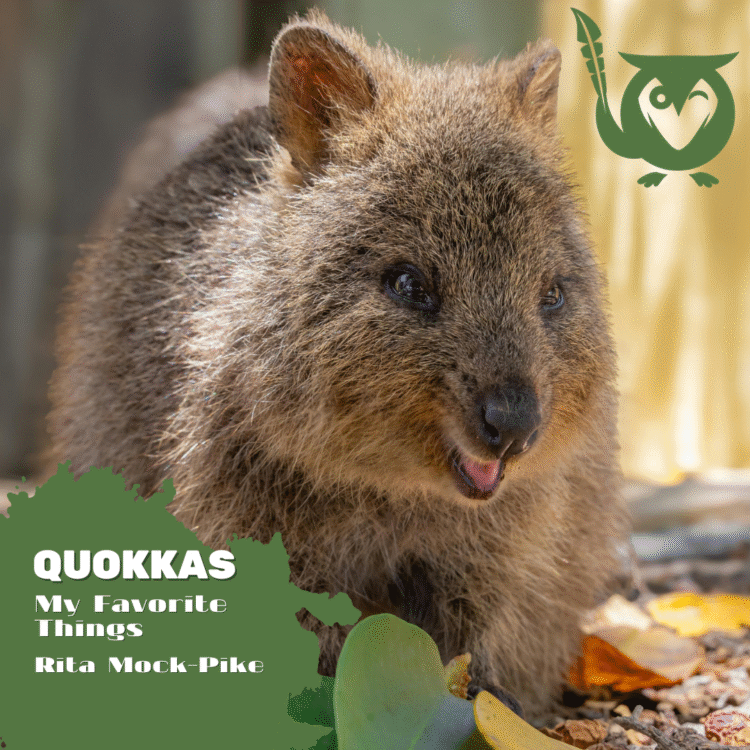Tulatulahan, Part 2

Image by sun jib from Pixabay
This is a serial. Read Part 1 first.
For the first time in many months, Sheryll and I notice silent lightning on the far horizon. It flashes in through the window frame at night, a succession of sudden strokes that reveal the shapes of the clouds far beyond the mountain chain.
We live in a corridor that the typhoons developing in the Pacific Ocean often pass through on their way north. But now they’re moving over Cebu and Luzon, way beyond the Coron Islands north of our island of Palawan.
As the storm comes nearer, I count ten seconds after the lightning before the thunder hits. We watch, entranced, reveling in the feel of nature’s power. When it’s hot, humid, or full of wind and its natural elements, the proximity to danger keeps our instincts alive and on edge.
I hurry with my flashlight to adjust the water drum under the gutters so I can collect every drop that will hit the roof. This is water being brought to us from the Pacific, for us to drink and use everyday, to irrigate the seedlings along the fence, to live and thrive.
The storm closes in, its lightning and thunder crashing over us together as if on direct orders from God. The dark habagat clouds press down overhead, pushed by a strong, turbulent wind that runs like horses and tears away the leaves of trees.
Sporadic sprinkles of rain hit the tin roof at the same time as a sudden, fresh breeze and stronger wind burst through our hilltop clearing. It’s as if the cold currents were chasing the hot atmosphere away forever so its ample, fulfilling wind can rush in.
Borne across the valley from the western mountain range, drafts of sustained wind shake the entire jungle canopy. With powerful blows, it leans on the apitong tree and uproots our bananas and young mango saplings. It stops for a moment to gather itself, then blows stronger again, interspersed with another volley of fat, slanting drops that hit the metal sheets like hail.
The evolution in nature as a never-ending thought, always changing and becoming and never stagnant: The habagat or amihan storm clouds, named by the direction they come from, that change to maulap when it’s just cloudy, and finally to maalinsangan, when the atmosphere is damp and white, when the pressure of the storm is released.
When a storm comes, the process of these events lasts until their peak twenty four hours later. Then the elements return gradually to their natural state. The sun shines again and birds and butterflies frolic in the clean, washed sky.
The natives, my neighbors in Tulatulahan, exit their huts to survey the damage. They look to see if chickens are missing and if the pigs are still in the sty. Yet they never show concern or sadness for any losses they find. Instead they show their contentment, their peace with the world around them
“I am grateful to be alive,” they say, confident that fate has better days ahead for them.
Maybe it’s because of this that they so readily helped me build my house. They saw someone from the outside choose to share in those unknown moments and hardships with them. Perhaps that gave them insight into the fact that their lifestyle also has meaning and value, no matter its history.
Sheryll’s Uncle Norbing, the land’s first owner, came to Palawan island from Antique in 1968, when the government encouraged people from other parts of the archipelago to start populating it. Not many came to these secluded parts, but those who did faced any number of uncertainties.
Malaria, successive governments with their various land reforms, and the changing conditions that granted ownership made the process complicated. They had to find parcels with defined boundaries —creeks or hilltops, a tall ipil tree or a giant bamboo thicket — then they had to care for the land and plant fruit trees, in the hope that it would be enough.
If they succeeded, a barangay captain would attest their ownership with his signature on a piece of paper. The new landowners then paid their taxes in the municipality, and the government issued an official Tax Declaration receipt in your name. That was how it started in the early days.
Uncle Norbing’s land passed through a few owners who did little with it, and it got forgotten in the hills of Abongan. It represented no interest to anybody, except when people cut trees to make coal or set traps for food. I bought it back from a pawn shop, the lost collateral to borrowed money never repaid. I was eager to try my own hand at confronting the unknown.
The storm has passed, and our land has weathered it. But more unknowns remain. Independence from the crush of people in Puerto Princesa requires a trade, so our beautiful solitude brings with it a certain vulnerability.
“Sometimes people disappear,” Sheryll tells me.
So we hire help to plant calamansi, sweet potatoes, pineapple, and more bananas, and to extend the barbed wire fence all along the jungle wall. It runs a hundred meters from the house, creating a buffer zone for the nights. We tie our dog Ardou outside as guard. And we tell our workers that to pay them, we must bring the money from Puerto.
Then we learn that rebels from the Moro Liberation Front have crossed the Sulu Sea and are now hiding in the vast Canaro jungle. Marines are searching for them, having set up camp on a patch of land nearby.
One night, automatic gunfire shatters the stillness. It doesn’t last long, but the suddenness suggests that it might. We wait and watch and listen, shocked that war could enter this part of the world. Though distant, the reverberations filled the space like thunder.
I notice differences in the echoes: The Marines use M-16s, and the rebels have AK-47s, as if the cold war ideologies are still competing, even here in our remote jungle.
When the gunfire stops, we turn the generator on, hoping to make as much deterrent noise as possible. Then we switch on all the lights and bring Ardou inside, fearful that any remaining gunmen might shoot him for meat.
It takes some time for the jungle’s night noises to resume, but eventually the crickets and other insects reemerge, and I hear the guttural call of an owl from the apitong tree. I lie under the mosquito net, listening to the night returning to its usual, gentle self, and slowly fall asleep again.
In the morning, the Marines are gone.
But our peaceful solitude remains. We have no running water, no TV or internet, and I only recently bought a small radio transistor. I tie its antenna to a tree near our water tank, but not so I can listen to the news — I want the company of voices on short-waves. Their fife-like elastic notes carry themselves across the ocean to reach our seclusion.
I suppose the thinking process of the cavemen must have started similarly, when they carved the shapes of fish and crocodiles on the rocks or exchanged beads, feathers, or sea shells. Their beginnings must have felt the same as the meaningless, whistling contortions of the radio: A fragile connection, made more beautiful through time and familiarity.
Continue the story with Part 3, Part 4, Part 5, and Part 6.
Enjoyed this story? Try these next:
- The Isle of Arran – Literary Travel
- Positivity Corner: Waterfall Bathing in Prony Bay, New Caldedonia – Exploration
- The Shop at the End of the Island – Island Fiction
- Storm Season – Essay

Vartan Koumrouyan
Vartan Koumrouyan lives in Paris and on the island of Palawan, Philippines.
Find more on Vartan’s YouTube.





2 Comments
[…] the story with Part 2, Part 3, Part 4, Part 5, and Part […]
[…] is a serial. Read Part 1, Part 2, Part 3, and Part 4 […]